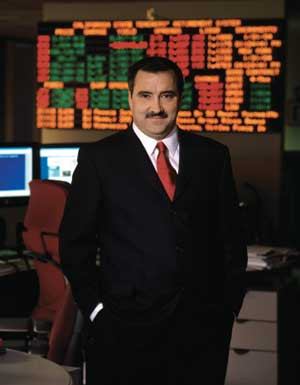Adjusting to the Market Of course, other people notice these niches as well. When Hurley went to a recent National Multi Housing Council (NMHC) student housing seminar in Chicago, the number of attendees astounded him. He expected to see about 100 people, and more than twice that number showed up. He also noticed increased competition in the chase for class B properties as private investors move into that sector.
Still, Hurley knows class A is overbuilt in many markets, and he wants to meet the needs of renters priced out of this segment. To do this, he developed partnerships with Morgan Stanley and Fairfield to build affordable apartments. Hurley thinks affordable housing can give the company the same return as its class A properties while leasing up a lot quicker.
Although both partnerships develop in urban areas, the programs differ. Fairfield builds its own projects, while Morgan Stanley’s mandate is to give small developers a chance to work with CalSTRS. Unlike other partners, Morgan Stanley does not develop the land. Instead, it seeks out small multifamily developers in urban centers to work with. So far, it has partnered with one regional developer to build a 250-unit affordable, senior housing project in Santa Rosa, Calif.
Competitive Balance Regardless of what happens in each of its market niches, CalSTRS looks at the big picture. It wants the ability to grow to 25,000 units by 2007. The next step is to become competitive with other capital sources, such as General Electric and Fannie Mae. To do this, Hurley thinks one move the pension fund needs to make is to upgrade internal oversight systems.
Key to achieving the upgrade is a planned Web-based reporting system to allow CalSTRS’ staff, partners, auditors, and consultants to access real-time property information, such as how class A properties are performing vs. class B properties and occupancy rates across the portfolio.
In addition, the company wants to find a construction consultant to critique developments. Specifically, the consultant would look over each development from an owner’s perspective, taking a long-term perspective. “We need to do some more work as far as how we handle the oversight of the development process,” Hurley says. “By using outside contractors, I think we are making good progress in that direction.”
The pension fund also aims to develop a track record as a place for multifamily developers to go for capital. “I think we need to continue to be responsive to the realities of the market and increase our flexibility,” Hurley says. Entering into joint ventures helps. “The realities of the market are what’s happening out in the field,” Hurley says. “People who are best able to respond are operators with experience in that product. We need to let the operators adjust to the market.”
